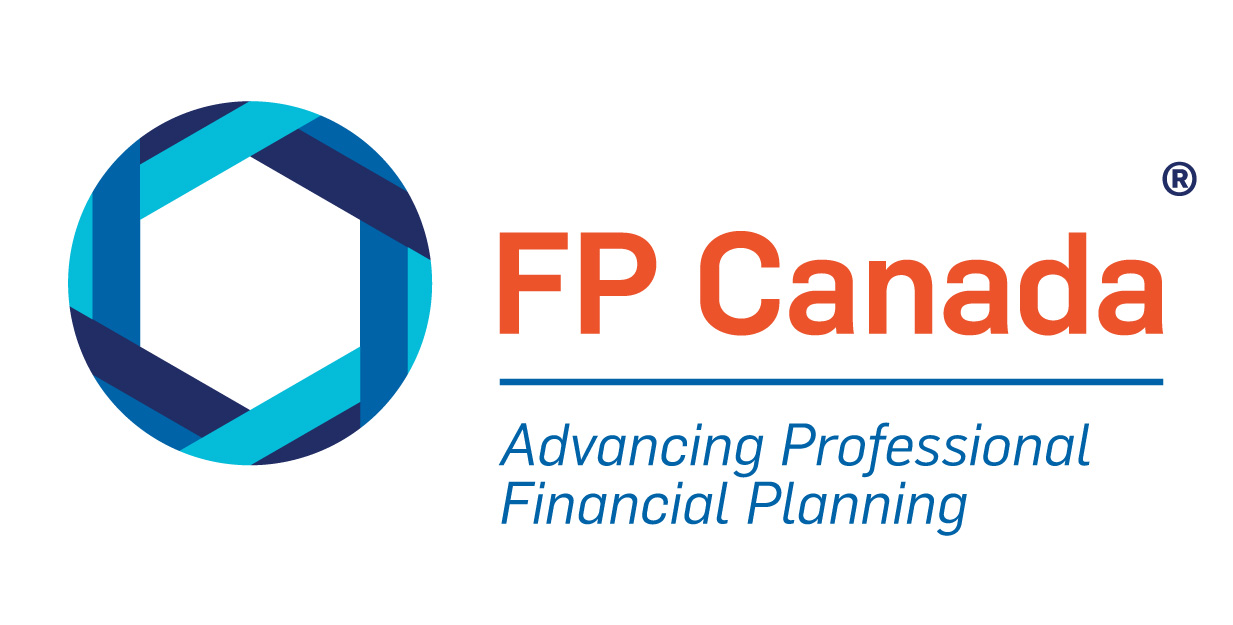If you’re passionate about giving, learn how to maximize the impact of your donations and contribute meaningfully to the causes you care about
When the holidays arrive, it’s time to relax with your loved ones. It’s also the season of giving, and the time when your mailbox gets filled with requests for donations. Nonprofits, charities, and other organizations are working to meet their year-end fundraising goals.
In a perfect world, you could support them all. But choosing between the many worthwhile causes is critical, and it can be overwhelming.
Pattie Lovett-Reid, a CFP® professional, renowned personal finance expert, and media personality, shares her top five tips for ensuring the season of giving is also the season of financial savviness.
1. Align giving with values
- Do you prefer to support local, national, or global causes?
- Are you passionate about environmental or animal welfare?
- Do you feel strongly about helping the plight of refugee children?
- Is there specific health research that holds personal significance to you?
When it comes to charitable giving, remember that it’s best to align with something you believe in.
2. Be clear and specific about your donation’s purpose
When donating to a large organization, be specific about how you’d like your gift to be used. For instance, if you're donating to the Canadian Cancer Society, they have various areas of cancer research that they seek funding for. Determine which specific area of cancer research you wish to support, and be sure to specify when sending in your donation.
3. Do your due diligence
Check the numbers to see how much of your donation will actually go toward the intended cause as opposed to administrative expenses.
- Investigate and ensure that your chosen charity is reputable and registered
- Obtain a donation receipt so you can get a tax credit for your contribution
Due diligence is a key element of sound financial planning, whether you’re saving, investing, or giving.
4. Think outside of the box
If you’d like to support more charities than your wallet will currently allow, explore alternative ways to contribute. Consider volunteering your time as an ambassador, donating gently-used clothing, or assisting with hands-on tasks like cleaning out animal cages. Additionally, you can talk to your family and a CFP professional or QAFP® professional about leaving a legacy giving option in your will.
5. It’s okay to say no
The reality is, no matter how much you’d like to, you can’t donate to every charitable request that comes your way. It’s okay to say no and prioritize your giving based on your personal values and current financial situation.
There are numerous charitable giving options available. Federal and provincial governments also offer tax incentives that encourage Canadians to contribute. Engaging with a CFP professional or QAFP professional can help you navigate the alternatives and establish a comprehensive plan that maximizes your tax benefits and fits within your means. You can find a balance whether your budget is large or small.
To find a CFP professional or QAFP professional to help you make strategic charitable donations, use our Find Your Planner tool.

 Find Your Financial Planner
Find Your Financial Planner

